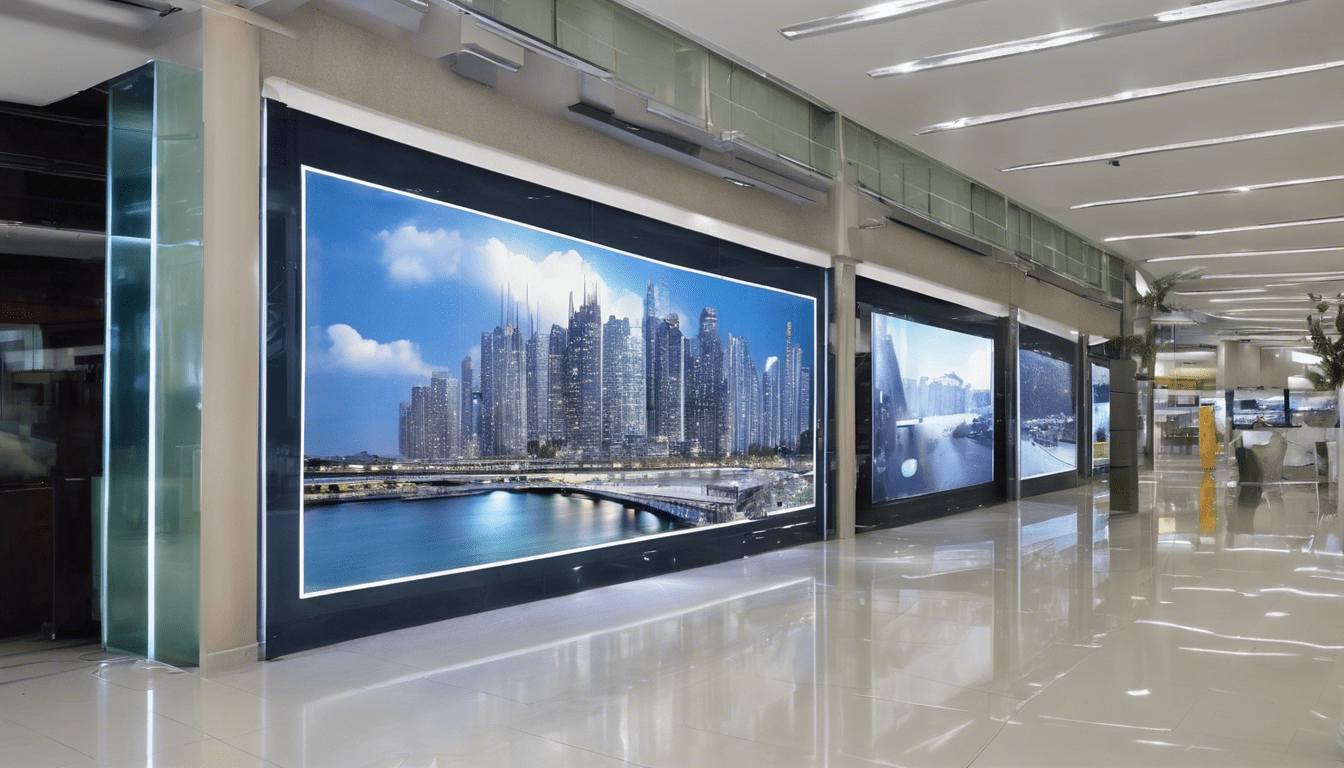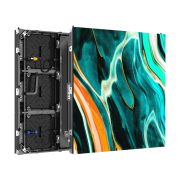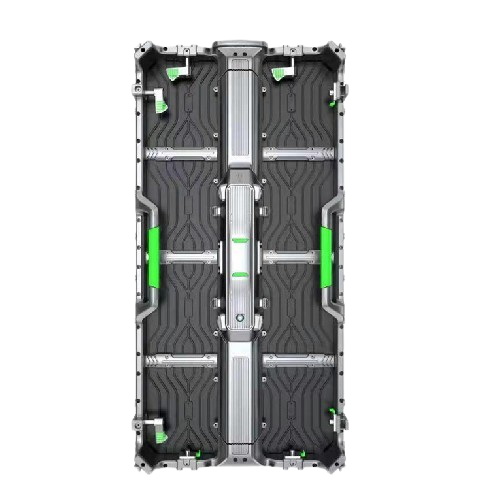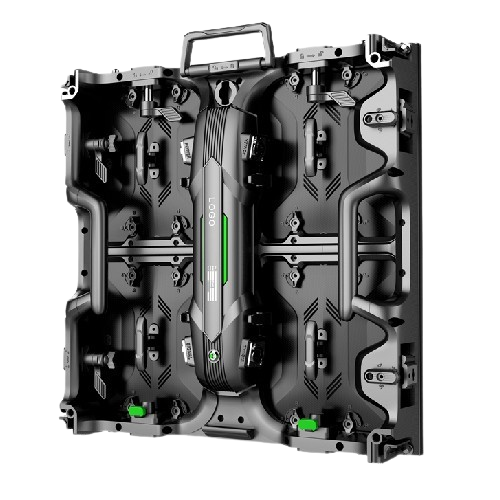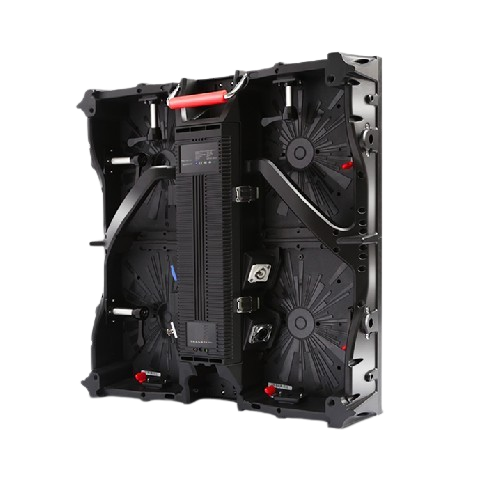The Ultimate Guide to Curtain Wall LED Display Manufacture
Curtain wall LED displays have become essential in the modern digital signage industry. These structures seamlessly integrate LED technology into building facades, offering a breathtaking visual experience. In this comprehensive guide, we will explore every aspect of curtain wall LED display manufacture, from the basics to the intricate details of production and installation.
Introduction to Curtain Wall LED Displays
Curtain wall LED displays are large, integrated screens housed within the architecture of a building. They combine advanced LED technology with robust materials to create durable and visually stunning displays that can be seen from great distances.
What Are Curtain Wall LED Displays?
A curtain wall LED display is essentially a massive LED screen that acts as the exterior facade of a building. Unlike traditional LED displays, which are often standalone units, curtain wall LED displays are integrated into the building’s structure. This integration offers benefits such as reduced wind load, improved aesthetics, and enhanced durability.
Components of Curtain Wall LED Displays
Understanding the components is crucial for grasping the complexity of curtain wall LED display manufacture. These displays typically consist of:
- LED Panels: The core component responsible for displaying images and videos.
- Structural Framework: Provides support and stability to the LED panels.
- Power Supply: Ensures steady electricity flow to the LED panels.
- Control System: Manages the input and output to the display, including connectivity and content rendering.
- Protective Glass: Shields the display from environmental factors like rain, dust, and UV rays.
Benefits of Curtain Wall LED Displays
There are several compelling reasons why many businesses and architects opt for curtain wall LED displays:
Enhanced Visibility
The main advantage of curtain wall LED displays is their unmatched visibility. They can project vibrant images and videos, making them ideal for advertising, corporate communications, and public information displays.
Durability
Manufactured from top-quality materials, these displays are designed to withstand various environmental conditions, including extreme weather, without compromising visual performance.
Energy Efficient
Utilizing advanced LED technology, these displays are energy-efficient, which translates to lower operational costs and a reduced carbon footprint.
Flexible Design
Curtain wall LED displays can be customized to fit any architectural style, offering flexibility in design and integration into various building facades.
The Manufacturing Process of Curtain Wall LED Displays
The manufacturing process of curtain wall LED displays is intricate and requires precision at every step. Here’s a breakdown of the key stages:
Materials Selection
The first step in the manufacturing process is the selection of high-quality materials. This includes selecting robust metals for the frame, high-efficiency LEDs, and durable protective glass. Quality control measures are stringent to ensure top-notch performance and longevity.
Design and Prototyping
Next, the design team creates a detailed blueprint of the display. This involves 3D modeling and simulation to ensure that the design meets all specifications and requirements. Once the design is approved, a prototype is built and tested rigorously.
Assembly
The assembly process involves putting together the various components meticulously. This includes assembling the LED panels, the structural framework, the power supply, and the control system. Each component is tested individually before final assembly to ensure functionality.
Quality Assurance and Testing
After assembly, the entire unit undergoes comprehensive quality assurance and testing. This includes stress tests, environmental tests, and performance evaluations to ensure that the display can withstand real-world conditions and deliver consistent performance.
Installation
The final step is installation. Professional installation teams ensure that the curtain wall LED display is securely and accurately integrated into the building’s facade. They check for alignment, connectivity, and overall functionality to ensure that it meets the highest standards.
Case Studies of Successful Curtain Wall LED Display Installations
Several notable case studies highlight the effectiveness and impact of curtain wall LED displays:
The Times Square LED Display
One of the most iconic examples, the Times Square LED display, showcases the power of integrated LED technology. Spanning several stories high, this display offers brilliant visuals and is a key attraction for both tourists and advertisers.
The Burj Khalifa LED Façade
Another impressive case is the Burj Khalifa in Dubai. The skyscraper features a curtain wall LED display that transforms its facade into a gigantic screen for multimedia shows, making it a symbol of modern architectural design and engineering prowess.
Challenges in Manufacturing Curtain Wall LED Displays
While highly beneficial, manufacturing curtain wall LED displays comes with its set of challenges:
Complex Design Requirements
The integration of LED technology into building facades requires highly complex and precise design specifications. Any mistake in the design process can lead to costly revisions and delays.
High Production Costs
Due to the quality of materials and the intricate manufacturing process, production costs can be relatively high. However, these costs are often justified by the durability and impact of the final product.
Installation Difficulties
Installing curtain wall LED displays involves coordinating multiple teams and ensuring that all elements are perfectly aligned and connected. This can be logistically challenging and requires specialized expertise.
Future Trends in Curtain Wall LED Display Technology
The future of curtain wall LED displays looks promising, with several exciting trends on the horizon:
AI and Machine Learning
Artificial intelligence and machine learning are set to revolutionize the way content is displayed. Future curtain wall LED displays might analyze viewer demographics and preferences in real-time to deliver targeted content.
4K and 8K Resolution
As LED technology advances, higher resolution displays such as 4K and 8K are becoming more feasible. These ultra-high-definition screens will offer an unparalleled viewing experience.
Interactive Displays
Interactive curtain wall LED displays that engage viewers in real-time are also in development. These could be used in various applications, from advertising to public information systems.
Conclusion
Curtain wall LED display manufacture is an intricate process that blends cutting-edge technology with architectural design. From material selection to installation and future trends, every aspect plays a critical role in delivering a visual masterpiece. Businesses and architects can benefit significantly from understanding this process, as it allows them to harness the full potential of LED technology to captivate and engage their audiences.

